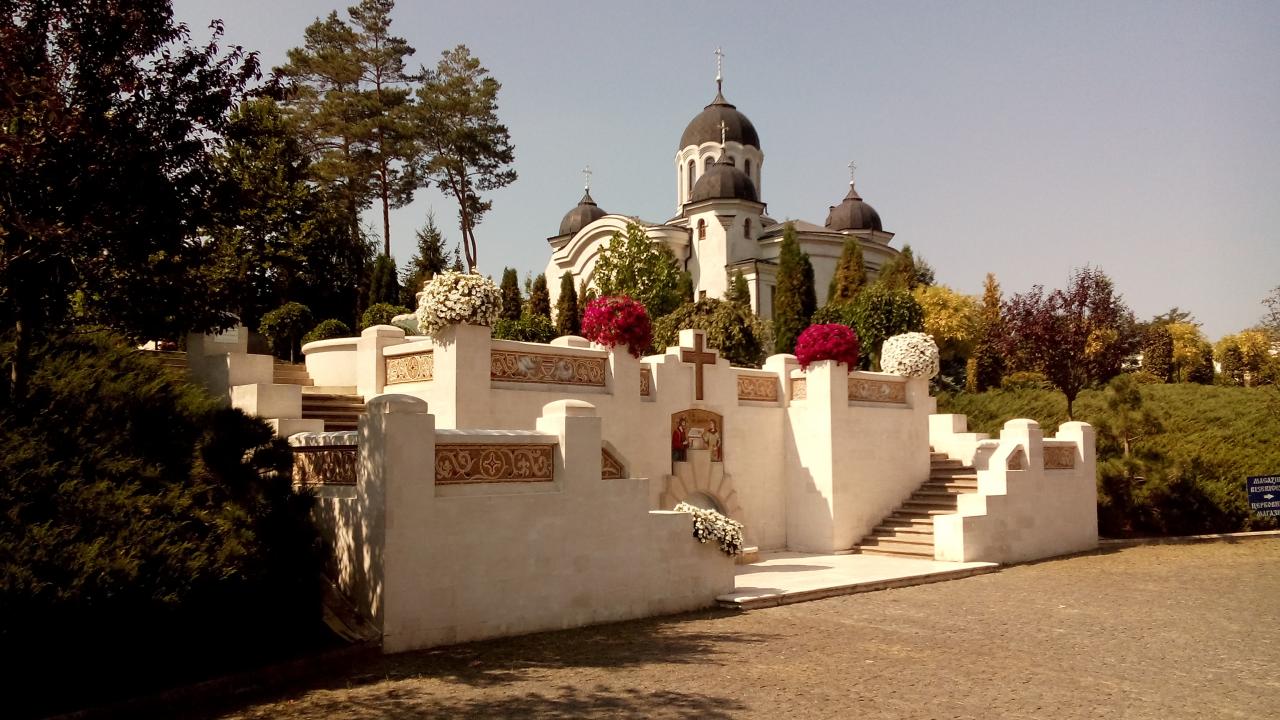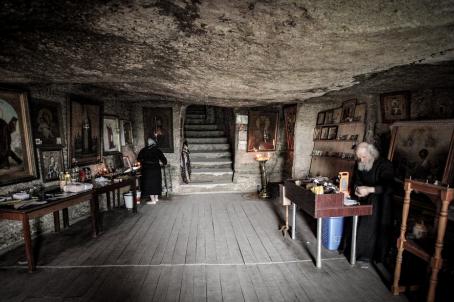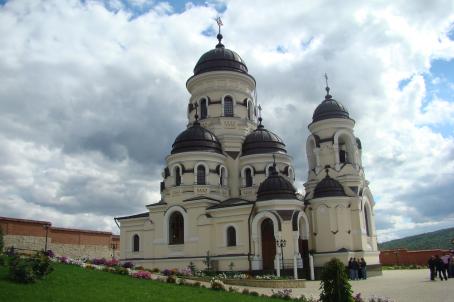Curchi Monastery
Curchi Monastery is one of the most important monuments of Bessarabian architecture. It is an architectural ensemble dating mostly from the 18th and 19th centuries. It consists of five churches, two buildings with cells, a stable, several auxiliary rooms, an orchard, a hermitage and an "archondaric" (guest wing). The Church of the Nativity of the Mother of God, built in 1775, is in neo-Byzantine style, and the Church of St. Nicholas (1808 - 1810) is built in the style of classicism with baroque elements. It is surrounded by a high stone wall. During the Soviet period, the monastery was transformed into a psychiatric hospital.






